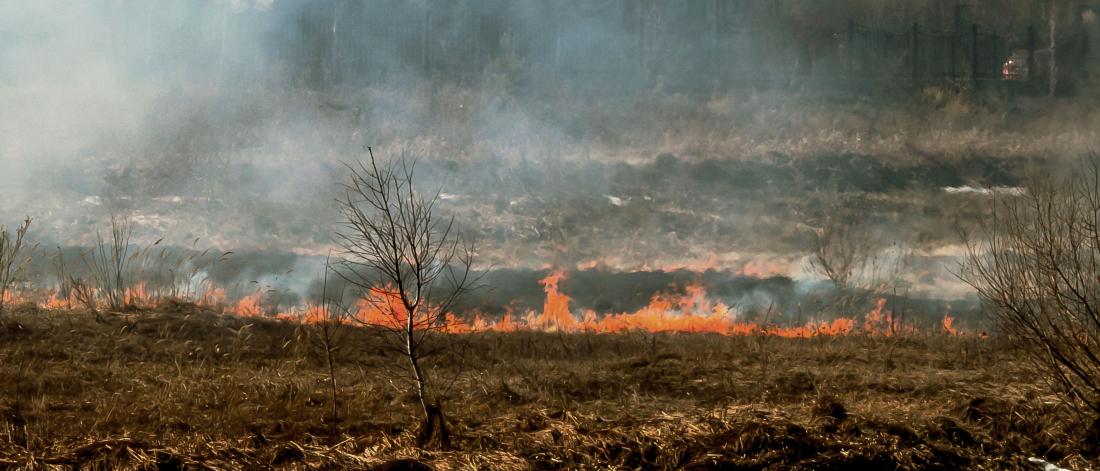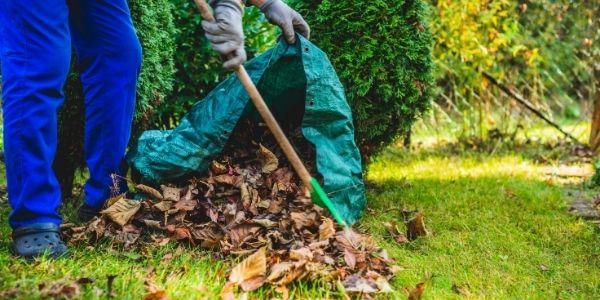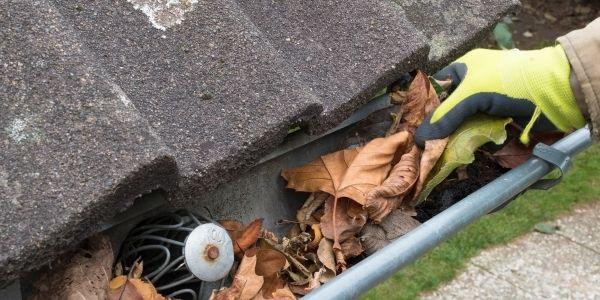
Urban Wildfire Preparedness
Help keep your home and family safe from urban wildfires with these tips.
City of Surrey and urban areas in the lower mainland are at low risk for wildfires compared to communities in the interior of BC. Climate change is making summers longer, drier and hotter which increases fire risk in urban settings. Wildfires start and grow by catching dried grasses, bark mulch, trees, leaves, plants, and other fuels, and spread to structures, including your home.
Wildfire sparks and embers from several kilometres away can ignite materials and cause severe damage to your home. Fires can spread from the forest into the community, or from the community to the forest. Both situations need actions to lessen the risk.
Are you at risk?
Do you live beside dense, continuous forests or large unmanaged grass areas?
Dense forests and large unmanaged grass areas are large fuel sources and increase the risk of spread to your property as fire can grow quickly.
Do you live on the mid to upper part or crest of a hill or slope?
Fire moves faster uphill putting homes at higher risk.
Do you have flammable materials and/or trees close to your home?
Flammable materials such as stacked firewood, building materials, old furniture, and flammable liquids, close to your home increase the risk of fire and spread to your home.
Do you have wooden shake roofing materials?
Metal, asphalt, clay and rubber tiles offer the best protection. Untreated wood shakes create a dangerous combination of flammable material and cracks for embers or sparks to enter. Regularly clean your roof of flammable materials.
Is your exterior siding made of wood or vinyl?
Fire can melt and penetrate siding when flames or embers get into the cavity behind the siding, especially if it is made with untreated wood or vinyl. With inadequate ground to siding clearance, accumulated embers can ignite combustible siding directly.
Are your eaves and vents non-flammable and properly fitted?
Vents are important for removing moisture from attics. They create an opening for sparks and embers. Install non-flammable material for all vents. Properly fitted soffits and fascia help to reduce the risk of embers and heat reaching the wooden rafters of your home.
FireSmart Your Home
Here are a few simple actions you can take to lessen your risk and protect your home.
Download the FireSmart Brochure
Prevention tips for your yard
Changes within 10 metres of your home will have the biggest impact on reducing the threat of wildfire.
-
Create a buffer zone around your home that is free from flammables that support burning, such as shrubs, patio furniture and overhanging branches.
-
If possible, extend a minimum of 1.5-metre non-flammable surface (gravel, sidewalk) around the perimeter of your home.
-
Keep firewood piles, construction materials, and propane tanks as far away from the home as possible.
-
Regularly clean up collections of fallen branches, dry grass, tree needles and leaves.
-
Mow your lawn regularly to keep it at a height of 6 inches or less.
-
Avoid having or using bark mulch around your yard, as it provides potential places for fires to start.
-
Plant low density, fire-resistant plants.
Characteristics of fire-resistant plants and shrubs
-
moist leaves
-
accumulates minimal dead vegetation
-
water-like sap with little odour
-
low amount of sap or resin material
Characteristics of highly flammable plants
-
leaves or needles are aromatic
-
accumulates fine, dry, dead material
-
contain resins or oils
-
loose papery or flaky bark
Plants to avoid
- cedar
- juniper
- pine
- tall grass
- spruce
Prevention tips for your home
- Ensure you have a spark arrestor for any wood-burning appliance or chimney which will help prevent embers from escaping into the open area outside.
- Regularly remove debris from your gutters. Consider screening your gutters with metal mesh to reduce the amount of debris that can accumulate.
- Look around your yard for other flammable materials. Consider how close you store lawn furniture or deck storage boxes near your home.
Preparedness tips for your family
-
Make sure every floor and all sleeping areas have working smoke alarms.
-
Set up emergency numbers in your phone.
-
Create a 72-hour emergency preparedness kit ready to go with at least*
-
4 litres of water per person, per day for drinking and cleaning
-
Non-refrigerated food and a manual can opener
-
Crank or battery-powered flashlight/batteries
-
Crank or battery-powered radio
-
Blankets or sleeping bags
-
Toiletries
-
First aid kit
-
* Specialized items may be needed for infants, seniors, persons with disabilities and pets.
If a wildfire occurs near your home
-
Listen to the local radio and watch City of Surrey social media channels for up-to-date information, including emergency instructions and road closures.
-
Pack your car with your emergency kit, valuables and important documentation and park it facing forward out of the driveway with windows closed.
-
Close all home windows and doors, and move flammable materials, such as curtains and furniture, away from windows.
-
Turn off propane or natural gas when evacuating.
Respiratory health and wildfire smoke
Regardless of where you live, a large fire can also impact the air quality. These microscopic particles can cause a range of health problems from burning eyes to aggravated chronic heart and lung diseases. Everyone responds differently to wildfire smoke. Some people are at higher risk of experiencing adverse health effects. For more information please visit:
Fraser Health Air Quality website
Additional resources
FireSmart Canada - Wildfire preparedness assessments, training and resources
FireSmart Homeowners Manual – Learn how to reduce the potential impacts of wildfire on your home
Free Emergency Preparedness Program Presentations:

